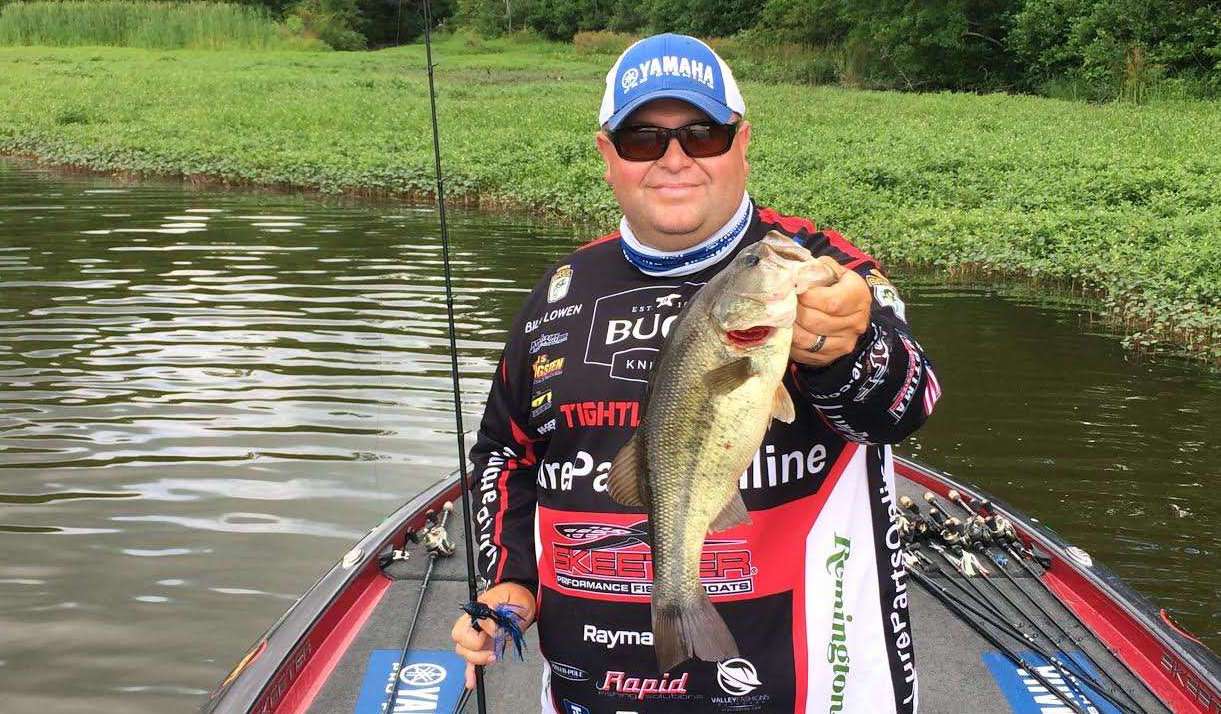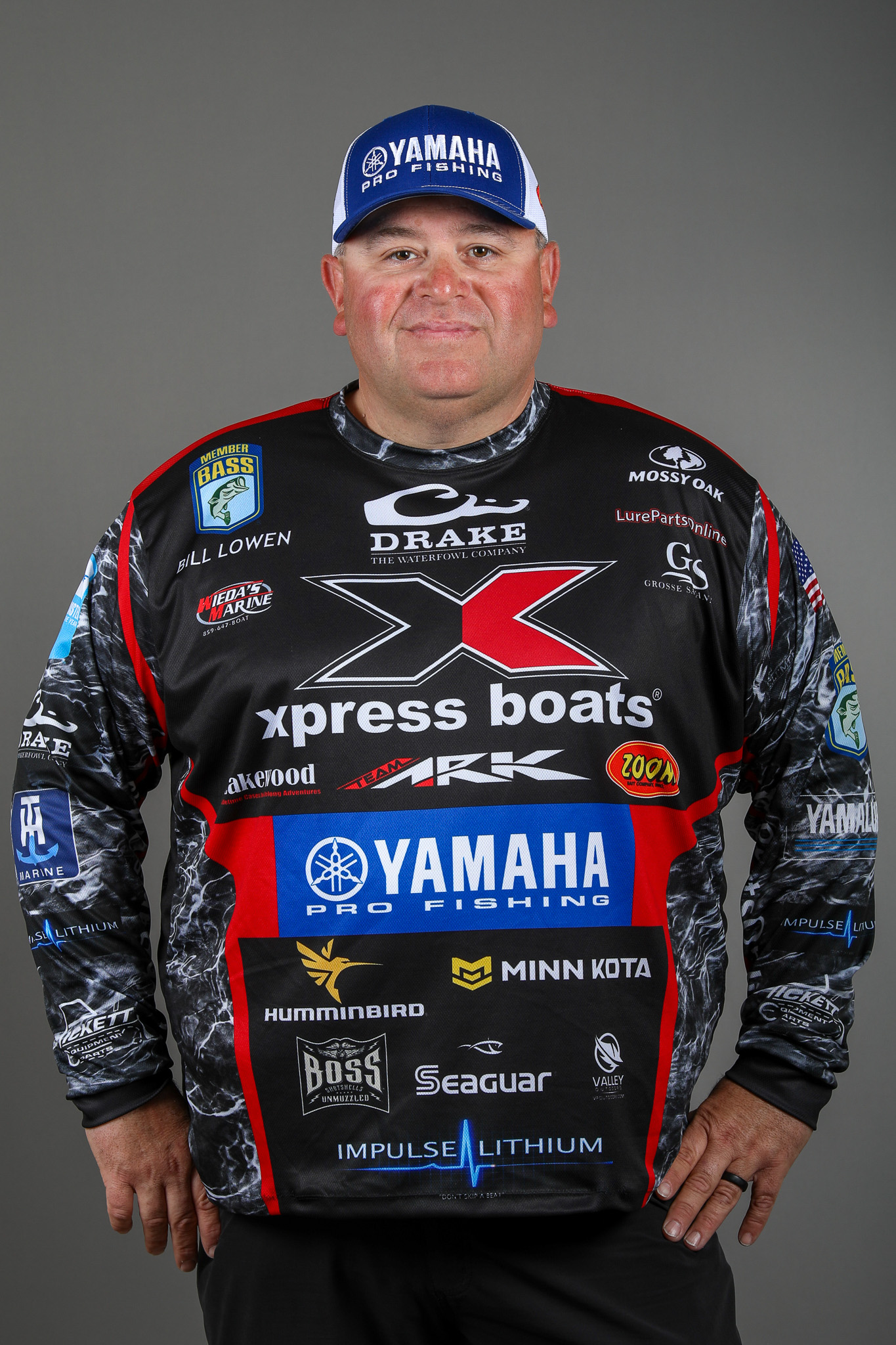
Somewhere around the first part of July I make a major change in the way I fish rivers. Up until then I concentrate my efforts in the creeks and backwater areas. However, once the water warms up and the days get hot I move to the main river. That’s where the better bass are found, and most of the time they’re easy to target.
The first thing I do when I get out there is look for current. Wide flat stretches of water will often have very little current. But in places where the river narrows, turns or where the water flow is concentrated by structure or cover the current can get surprisingly strong.
Once I find current I start looking for current breaks near drops. A current break can be anything. Points are obvious but big rocks, tree trunks, docks and barge tie-ups are just as good. Washers, refrigerators, tractor tires and old cars break the current, too.
Bass will use these places to get out of the current but stay close enough to ambush prey as it passes by them. They don’t know the difference between a thing of beauty made by Mother Nature and a piece of trash. They use whatever’s available.
Drops are less obvious. Most of them are no more than a couple of feet one way or the other, 4 or 5 at the most. You can see them on your electronics if you get close enough, but you can also watch the water flow around and behind the break to find them.
Breaks without drops have a shallow look to them, sort of a ripple on the water’s surface. Those with drops look deeper, more smooth. If there’s a deep hole right behind the break, the water often has a dip in it right over the top of the hole and the current tends to swirl around it.
I know that’s not much of a description. It’s a place to start, though. Check out a couple of places in your local river and you’ll see what I’m talking about.
There are several lures that’ll catch main river bass. Topwater baits are good at times. Buzzbaits and walking sticks are among the best. Spinnerbaits are good, too. Bass are feeding on minnows at this time of the year. The blade flash looks real to them. Swimbaits can be effective, too.
Crankbaits are my favorites, though. I like squarebills. Phil Hunt Custom Lures (balsa) and the Ima bait I helped design are my first choices. If I want to go deeper than 2 or 3 feet, I switch to something else. Bandit 200s are popular in my neighborhood.
Of course, you always need a flipping bait on hand. I only use one — my Signature Series Finesse Jig from LurePartsOnline, almost always the 5/16-ounce size.
That size is really important. I want something that will drop fairly slow in the current and look real while doing it. If your jig is too light, it’ll wash away with the current. If it’s too heavy, it’ll drop straight down and settle into the muck. The 5/16-ounce weight splits the difference most of the time.
Give your local river a chance this summer. That’s a great way to expand your fishing skills.

